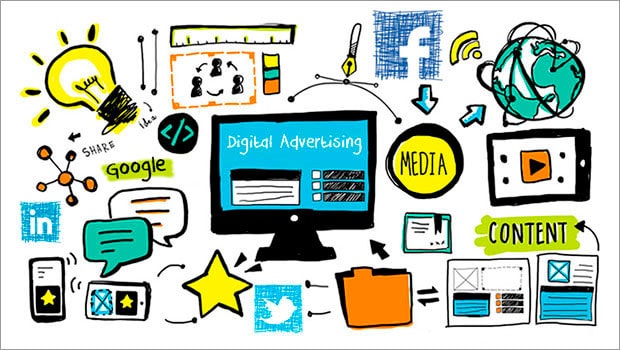One thing that can be said about Indian Advertising is that ‘Dil maange more’! The Khan’s, the Sachin’s to the Kohli’s and Ranveer’s, there is always an ad that etches itself into pop-culture and how. Next thing you know, literally everyone is hooked and repeating the lines or humming tunes. Most people miss out on how advertising really works, but the jingles, the catchy-lines, the compelling stories and the languages used are quite carefully and scientifically crafted to capture the attention of its audiences. When you really know who you’re speaking to, you’re immediately creating impact.
But why do we even remember advertisements? Everyone seems to have a favourite and everyone seems to talk about their favourites. The reason behind the success of these ads were people and agencies who empathised with audiences, researched how our languages change with the map and listened intently to the way people speak. Piyush Pandey with Ogilvy, Bal Mundkur with Ulka, Alyque Padamsee with Lintas, Tara Sinha with Clarion and Satyajit Ray mentored modern day advertising and built stories that make brands a part of every Indian home.
There suddenly is huge demand for everything digital due to the pandemic and yet, ads have still found relevance, albeit its purpose has changed considerably and mainly uses digital mediums. Apple’s ‘Creativity goes on’ and Barillas’ ‘Rooftop match with Federer’ are some of the best examples of ads from the pandemic. Somewhere a scampering advertiser is creatively trying to reach you with whatever tools available and through digital, he/she somehow will.
The greatest asset to digital is data, as it gives marketers a deeper understanding of changing consumer behaviour rapidly, based on which they improvise and optimise ads. Audiences can expect more instances where they go, ‘Is my phone listening to me?’, when a brand they like pops on their phones, which is actually new media working at its full-potential based on device search history. One might ask, ’aren’t brands already doing that?’ – The answer is an obvious yes, but the magnitudes differ significantly. Digital and new media was a secondary ad market before, now it’s primary. Hence, more brands will on-board digital platforms, engaging audiences in more innovative ways.
As the industry continues to grow, as we see more content platforms springing up and as we create new devices to reach audiences on, one critical link is still missing – Brand Integration, and that’s where a budding advertiser like you comes in. You now have the opportunity to use all data at your expense and talk to audiences innovatively and create brand conversations to be remembered. The pandemic has sprouted a different consumer, you have the opportunity to comprehend and engage with them intelligently.
With Pearl Academy’s PG and UG programs on ‘Advertising and Marketing’, students get to analyse markets, brands and consumers and truly understand what it takes to become an advertiser. The unique programs use case-studies led modules that offer deeper understanding of how things work in the industry and help students lead conversations with creative solutions. A thorough understanding of businesses, brand communication, international exposure and consumer behaviour gives them the agility to work through the toughest challenges faced in the industry. Get detailed information on our Advertising and Marketing courses and apply for UG program here and PG program here.
Image Credits: bestmediainfo.com












